
SPI Tests for IT enginers
Last updated: May 11, 2024 Read in fullscreen view
- 02 Nov 2023
 Unlocking Success with The Amoeba Management Model: Key Lessons, Pros & Cons, and Finding the Perfect Fit 173/710
Unlocking Success with The Amoeba Management Model: Key Lessons, Pros & Cons, and Finding the Perfect Fit 173/710 - 10 Nov 2021
 5S methodology - the SECRET to Japanese SUCCESS 135/1732
5S methodology - the SECRET to Japanese SUCCESS 135/1732 - 09 Sep 2022
 Kaizen, Kaikaku and Kakushin – what’s the difference? 86/2907
Kaizen, Kaikaku and Kakushin – what’s the difference? 86/2907 - 24 Nov 2022
 Genba Genbutsu Genjitsu (3Gs), (Go to the Genba & see for yourself!) 78/2918
Genba Genbutsu Genjitsu (3Gs), (Go to the Genba & see for yourself!) 78/2918 - 01 Dec 2023
 What is Amoeba Management? 61/908
What is Amoeba Management? 61/908 - 01 Apr 2022
 Ishikawa (fishbone) diagram in software project management 41/3048
Ishikawa (fishbone) diagram in software project management 41/3048 - 18 Oct 2020
 How to use the "Knowns" and "Unknowns" technique to manage assumptions 22/998
How to use the "Knowns" and "Unknowns" technique to manage assumptions 22/998 - 17 Mar 2023
 Reduce waste in software development with 3M model: Muda, Mura, Muri 19/869
Reduce waste in software development with 3M model: Muda, Mura, Muri 19/869 - 15 Apr 2022
 Total Quality Management (TQM) - Japanese-style management approach to quality improvement. 18/633
Total Quality Management (TQM) - Japanese-style management approach to quality improvement. 18/633 - 04 Mar 2024
 Tree Ring Management: Take the Long Term View and Grow Your Business Slowly 17/381
Tree Ring Management: Take the Long Term View and Grow Your Business Slowly 17/381 - 09 Sep 2022
 What is 5 Whys (Five Whys)? 16/872
What is 5 Whys (Five Whys)? 16/872 - 27 Aug 2022
 Kaizen - Culture of Continuous Improvement and Lean Thinking 15/715
Kaizen - Culture of Continuous Improvement and Lean Thinking 15/715 - 01 Oct 2020
 Fail fast, learn faster with Agile methodology 15/979
Fail fast, learn faster with Agile methodology 15/979 - 12 Dec 2024
 Danshari: A Japanese Minimalist Philosophy for Cleaner Code and Leaner IT Operations 15/34
Danshari: A Japanese Minimalist Philosophy for Cleaner Code and Leaner IT Operations 15/34 - 13 Jul 2022
 Applying the business mantra "HORENSO" to Achieve 360-degree Communication 13/819
Applying the business mantra "HORENSO" to Achieve 360-degree Communication 13/819 - 29 Aug 2022
 Difference between Kaizen and Innovation 12/804
Difference between Kaizen and Innovation 12/804 - 02 Feb 2022
 Yokoten: Best Practice Sharing from a success 12/1292
Yokoten: Best Practice Sharing from a success 12/1292 - 03 Jan 2024
 What is the Ringi process? 12/880
What is the Ringi process? 12/880 - 01 Mar 2022
 The Toyota Way Management Principles 11/691
The Toyota Way Management Principles 11/691 - 10 Nov 2022
 Poor Code Indicators and How to Improve Your Code? 8/214
Poor Code Indicators and How to Improve Your Code? 8/214 - 15 Jul 2022
 Hansei Methodology: Continuously Engaging People in Improvement 8/649
Hansei Methodology: Continuously Engaging People in Improvement 8/649 - 19 Oct 2021
 Is gold plating good or bad in project management? 8/757
Is gold plating good or bad in project management? 8/757 - 06 Feb 2021
 Why fail fast and learn fast? 7/383
Why fail fast and learn fast? 7/383 - 01 Mar 2023
 Bug Prioritization - What are the 5 levels of priority? 6/208
Bug Prioritization - What are the 5 levels of priority? 6/208 - 14 Oct 2021
 Advantages and Disadvantages of Time and Material Contract (T&M) 5/797
Advantages and Disadvantages of Time and Material Contract (T&M) 5/797 - 06 Jun 2022
 HEIJUNKA: The art of leveling production 5/487
HEIJUNKA: The art of leveling production 5/487 - 18 Aug 2022
 What are the consequences of poor requirements with software development projects? 5/245
What are the consequences of poor requirements with software development projects? 5/245 - 19 Sep 2022
 Jidoka in Software Development and Odoo ERP/MRP 5/471
Jidoka in Software Development and Odoo ERP/MRP 5/471 - 08 Oct 2022
 KPI - The New Leadership 4/559
KPI - The New Leadership 4/559 - 31 Oct 2021
 Tips to Fail Fast With Outsourcing 4/378
Tips to Fail Fast With Outsourcing 4/378 - 13 Dec 2020
 Move fast, fail fast, fail-safe 4/296
Move fast, fail fast, fail-safe 4/296 - 07 Mar 2023
 Japan’s Unusual Farming Strategy: Renting Land and Leaving It Fallow for 5 Years — Here’s the Truth… 4/34
Japan’s Unusual Farming Strategy: Renting Land and Leaving It Fallow for 5 Years — Here’s the Truth… 4/34 - 28 Dec 2021
 8 types of pricing models in software development outsourcing 3/419
8 types of pricing models in software development outsourcing 3/419 - 23 Sep 2021
 INFOGRAPHIC: Top 9 Software Outsourcing Mistakes 3/414
INFOGRAPHIC: Top 9 Software Outsourcing Mistakes 3/414 - 17 Feb 2022
 Prioritizing Software Requirements with Kano Analysis 3/285
Prioritizing Software Requirements with Kano Analysis 3/285 - 10 Dec 2023
 Pain points of User Acceptance Testing (UAT) 3/422
Pain points of User Acceptance Testing (UAT) 3/422 - 01 Jan 2023
 How To Use Poka-Yoke (Mistake Proofing) Technique To Improve Software Quality 3/593
How To Use Poka-Yoke (Mistake Proofing) Technique To Improve Software Quality 3/593 - 19 Apr 2021
 7 Most Common Time-Wasters For Software Development 2/532
7 Most Common Time-Wasters For Software Development 2/532 - 11 Jan 2024
 What are the Benefits and Limitations of Augmented Intelligence? 1/438
What are the Benefits and Limitations of Augmented Intelligence? 1/438 - 26 Dec 2023
 Improving Meeting Effectiveness Through the Six Thinking Hats 1/208
Improving Meeting Effectiveness Through the Six Thinking Hats 1/208 - 05 Jan 2024
 Easy ASANA tips & tricks for you and your team 1/182
Easy ASANA tips & tricks for you and your team 1/182 - 15 Aug 2025
 Quantum Technology: Global Challenges and Opportunities for Innovators /60
Quantum Technology: Global Challenges and Opportunities for Innovators /60 - 14 Mar 2024
 Why should you opt for software localization from a professional agency? /121
Why should you opt for software localization from a professional agency? /121 - 12 Mar 2024
 How do you create FOMO in software prospects? /133
How do you create FOMO in software prospects? /133 - 06 Nov 2019
 How to Access Software Project Size? /236
How to Access Software Project Size? /236 - 01 Jun 2020
 Japan Business Review (JBR) /281
Japan Business Review (JBR) /281 - 12 Mar 2022
 The u-Japan concept /235
The u-Japan concept /235
What Is an SPI Test?
SPI stands for “Synthetic Personality Inventory,” and it’s actually one of the many aptitude tests that are in use in Japan. The SPI is the most used and streamlined one, and some companies even have their own versions of the test that are sometimes simplified or have added sections.
The test consists of multiple-choice questions, and it was developed by the Recruit Career Co. The SPI is currently used by approximately 12,000 companies in Japan.
It’s less common at startups, so if you join a small, growing company you probably won’t need to take an SPI test.
Specifically, the SPI test is designed to assess your reading comprehension and grasp of the Japanese/English language, your personality, and your mathematical and statistical skills.
The SPI test is made up of two main sections.
- The first section is designed to test your general skills, and it includes both mathematical questions and questions that test your reading comprehension.
- The second section is about your personality, and its aim is to assess your character, as well as how well you handle your emotions.
How SPI Tests Are Used in Japan
The SPI test is yet another metric for companies to decide whether you’re a good fit for the job. Still, it’s an important one, especially if you’re applying to a traditional company in Japan.
Even though there is an English version of the SPI test, most companies will require you to take the Japanese one, even if they promise not to base their decisions on your score.
Types of Web Aptitude Test
Web Aptitude Tests are held on the web or online and there are different type of tests. In short, they have different contents or are held at different sites. When applying to companies, you need to research which type of web test is required by them. Different industries and job positions require different web tests.
- C-GAB (玉手箱 - Tamatebako): you have a very short amount of time to answer each question. The same type of questions are repeated.
- TG-WEB: a little more advanced than other web tests. There are chart and graph comprehension problems.
- GAB: taken in a test center assigned by the company. The number of questions is not shared beforehand, but there are time limits for each section; 25 minutes for language, 35 minutes for non-language(calculation), 30 minutes for personality test.
- CAB: used mostly in the recruitment process for engineers.
Tips & Tricks
According to the job hunting handbook from Ritsumeikan Asia Pacific University, there are 3 main points to pay attention to when you are preparing for an aptitude test.
- Understand your current level: To understand your current level, try to take a mock test. From there, you will be able to know which part of the test you are good at or which part you need to practice more. Once you know about it, start studying from the part which needs more practice!
- Do a lot of timed practice: Because aptitude tests are strictly timed, getting used to it is the only way to be able to answer the majority of the questions within the given time.
- Starting early: Get yourself familiar with the type of tests as early as you can, because when the job-hunting period starts you will be too preoccupied with the entry sheets and resume (履歴書-rirekisho).
What tests were easier for you? Which was harder?
Reading quickly was a challenge for me, especially with particular Japanese phrasing or reading comprehension questions. Maybe it was because I specialized in the sciences when I was in high school, but the math section was much easier for me.
I’m actually not very good at taking the SPI test, and even though I took it 8 times at a test center, I failed every time! There isn’t a time limit for the whole test, but rather for each individual question, so that was another difficult thing for me. The Tamatebako*1 and TG-WEB*2 were easier for me. If I studied hard, I knew I would be able to pass them, and I was actually able to.”
The Tamatebako is a test in which single test problems come with multiple questions, so if you remember the pattern, you’ll be able to answer questions with the same type of pattern. There are 8 types of questions that come with each problem (3 types for calculations, 3 types for Japanese, and 2 types for English).
The TG-WEB Test may at first appear to have many difficult problems, but it’s said that it’s easy to understand if you can memorize the example problems. The test includes image-based problems and others that aren’t featured in the SPI test, so the TG-WEB test requires its own preparation.
“The written exams given out by each company were easier than the SPI test, too. The company that offered me a job had its own test and the Tamatebako.”
What was something you strove for while you were job hunting?
“I teamed up with friends who wanted to work in the same industry as I did, so I’d be able to get as much information as possible. If there was an information session I couldn’t attend, one of my friends could go, and could share everything s/he heard with me. Sometimes I was the one who would go and listen, too.
“Getting information can be especially hard for international students, so this setup was really useful for me.
“When it came to interviews, I practiced in front of the mirror, or took videos of myself with my phone and looked over what things I needed to do better.
“I also practiced with an upperclassman who speaks really good Japanese, and tried to imitate her way of speaking.”
Key Takeaways
- Job hunting in Japan is challenging due to the need for multiple resumes and cover letters.
- Traditional Japanese companies often require an aptitude test, or "SPI" test, for mid-career candidates. Most companies require the Japanese version of the SPI test, even if they promise not to base their decisions on the score.
- SPI stands for "Synthetic Personality Inventory," and it is one of the many aptitude tests in Japan.
- The SPI test assesses aspects of a candidate's personality that cannot be measured in an interview. The test assesses reading comprehension, grasp of the Japanese language, personality, and mathematical and statistical skills.
- The SPI test is used as a preliminary elimination method to reduce the number of candidates to be interviewed.
- The test is popular among larger, more traditional Japanese companies, but less so for modern tech companies or tech startups.
- The SPI score is usually requested in addition to the rirekisho (Japanese resume) and shokumu-keirekisho (Japanese CV document).


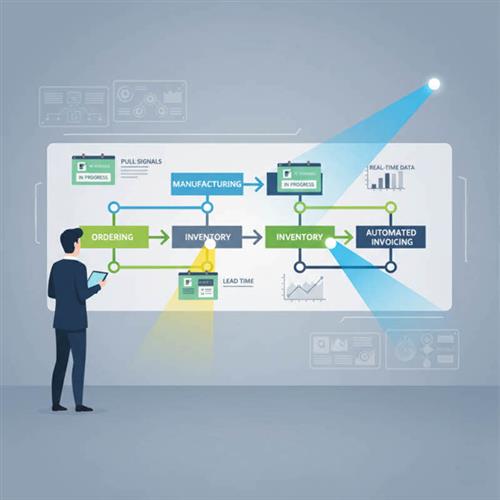
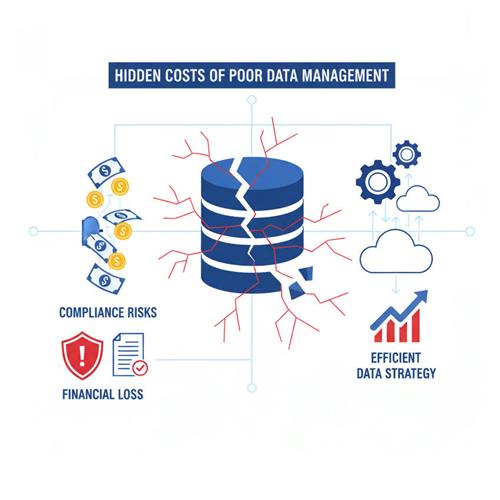








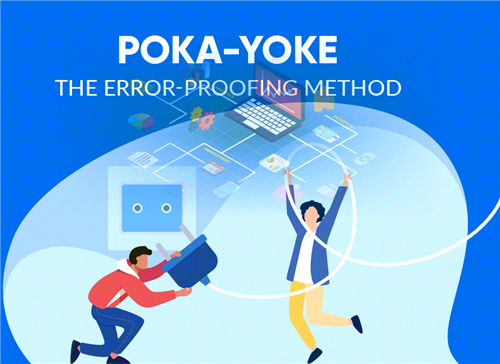
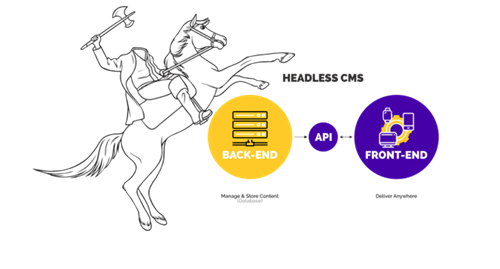






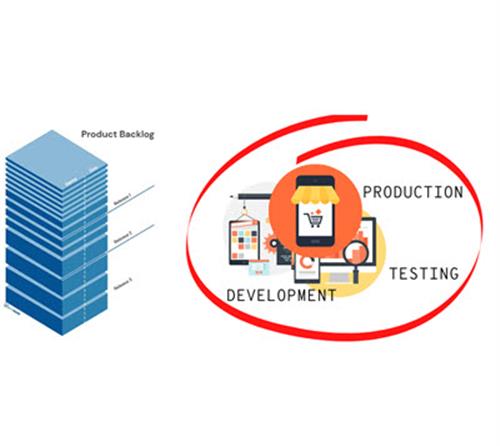
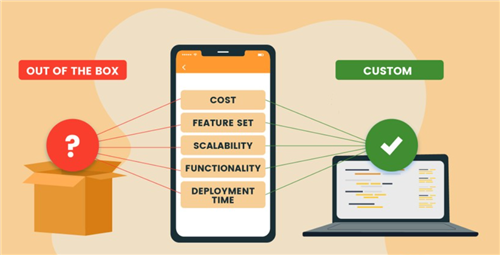
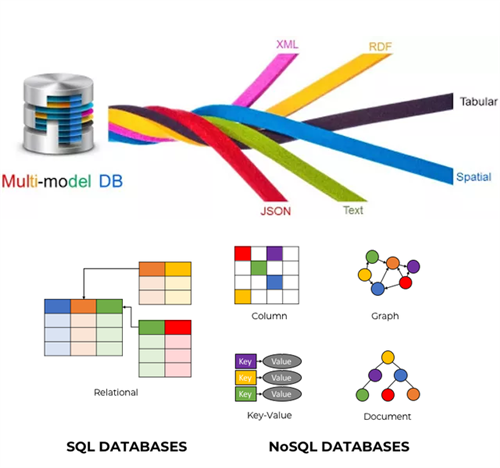

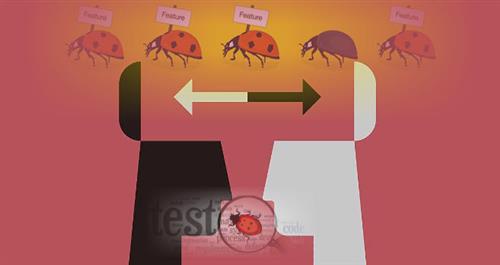










 Link copied!
Link copied!
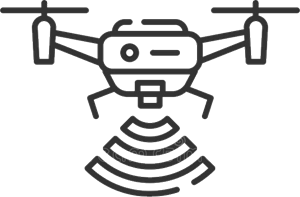 Recently Updated News
Recently Updated News